The WM2000 is the first programmable wireless Industrial IoT (IIoT) module offered by Tibbo. This cloud-native device incorporates Wi-Fi (802.11a/b/g/n over 2.4GHz/5GHz) and Bluetooth Low Energy (BLE) interfaces that introduce several new features, such as Wi-Fi auto-connects, wireless debugging, over-the-air (OTA) updates, and TLS support. As a vendor-agnostic module, it can connect your devices with any cloud services provider.
The WM2000's hardware incorporates two high-speed serial ports. It also features software I²C/SPI ports, onboard flash and EEPROM, a real-time clock, and ten GPIO lines — two of which work as external interrupts. Nine lines can be configured to provide pulse-width modulation (PWM) output.
The WM2000 is fully supported by Tibbo IDE (TIDE) and has a dedicated platform that covers all of the module's hardware facilities. The module runs Tibbo OS (TiOS), our highly reliable operating system that achieves exceptional stability thanks to radical OS structure simplification, static memory allocation, full ownership, and meticulous curation of the code base, as well as complete sandboxing of the user's application.
The WM2000 is ideal for creating IIoT solutions that are free from the limitations of traditional wired networks. The simplicity of Tibbo BASIC/C — aided by Cody, our template project generator, and TIDE — ensures timely and cost-effective development of stable, dependable applications.
Dual Tibbo BASIC/C apps
The WM2000 is the first Tibbo device that can store up to two compiled Tibbo BASIC/C binaries (only one can run at any given time). All our earlier products store a single app that can take up all of the flash space not occupied by system files and TiOS. The WM2000 — which has at least four times the flash storage of any predecessor — allows you to store the second app in the space left over from the first one.
A Device Configuration Block (DCB) of the WM2000 allows you to define which of the two apps runs when the device is powered up or reboots (there is an override through the MD button/line that forces execution of the first application). A web app called BLE Terminal is provided for interacting with the DCB through the WM2000's BLE console. Tibbo BASIC/C applications can access the DCB through a provided API.
Simplified Wi-Fi connectivity
The WM2000 features a significantly revamped Wi-Fi API facilitating automatic association with a designated wireless network. This makes the module's Wi-Fi interface as easy to use as the Ethernet port on "wired-first" Tibbo devices. Set the target Wi-Fi network's SSID and password, enable "autoconnect," and the WM2000 will automatically associate with the network and keep associated when in range! This also enables wireless debugging of your Tibbo BASIC/C apps.
All parameters related to automatic Wi-Fi association are stored in the DCB and can be configured via the BLE console or through Tibbo BASIC/C code. A companion app that ships with the module also allows for configuration of the Wi-Fi interface.
WM2000 is Supported by Cody, Our Template Project Generator
Cody is a template project generator that produces working Tibbo BASIC code from the information you provide via a few simple-to-understand configuration screens.
This web-based app allows you to quickly create a working project that contains proper peripheral, port, and socket initialization. With Cody, you can also swiftly pour in huge chunks of your future product's functionality: persistent storage of parameters (setting), data tables, multi-level onscreen setup menus, and much much more.
No less important is that Cody generates a template project with the right structure. Software developers know that all programming platforms have (a few) right and (many) wrong ways to structure the code and get things done. Choosing the wrong path usually makes the code slow, inefficient, and unreliable. Cody prevents you from getting lost by giving you the right scaffolding for your project.
Hardware
Specifications:
- 32-bit architecture
- Powered by Tibbo OS (TiOS)
- Stores up to two compiled Tibbo BASIC/C binaries (apps)1
- A Device Configuration Block (DCB)2 defines which of the two apps normally runs on power-up
- Forced launch of APP0 through the MD line/button
- Built-in Wi-Fi interface (802.11a/b/g/n)
- Controlled via a simple-to-use, yet sophisticated API
- TLS1.2 with RSA-2048 cryptosystem3
- Optional "autoconnect" — automatic association with a designated Wi-Fi network as defined by the DCB2
- Optional debugging of Tibbo BASIC/C applications via the Wi-Fi interface4
- Built-in Bluetooth Low Energy (BLE 4.2)
- Controlled via a simple-to-use, yet sophisticated API
- Can access the DCB via a new, integrated console2
- Onboard antenna (U.FL connector for an external antenna on request)
- Two high-speed serial ports (CMOS-level):
- Baudrates of up to 921,600
- None/even/odd/mark/space parity modes
- 7 or 8 bits/character
- Full-duplex mode with RTS/CTS and XON/XOFF flow control
- Half-duplex mode with direction control
- Encoding and decoding of Wiegand and clock/data streams
- One of the ports can function as a serial debugging port5
- 10 general-purpose I/O lines
- Two lines can work as interrupts
- Nine lines can provide pulse-width modulation (PWM) output
- Three lines can work as ADC inputs
- Support for externally connected matrix and binary output keypads
- RTC with dedicated backup power input
- Only 30µA power draw on the backup power input6
- 58KB SRAM for Tibbo BASIC/C variables and data
- 4MB flash for code storage
- System files and TiOS occupy a combined 2,408KB
- 1,688KB available for storing up to two app binaries1
- Additional 4MB flash for the hardened fault-tolerant file system
- 2,048-byte EEPROM for data storage.
- Three onboard status LEDs
- Green and red main status LEDs/lines
- Yellow Wi-Fi/Bluetooth link LED/line
- Reliable power-on reset (no brown-out detection)
- Power: 150mA @ 3.3V (Wi-Fi on and scanning)
- Provisions for a deep power-down "sleep" mode
- Dimensions (L x W x H): 45.1 x 28.15 x 3.5mm
- Prototyping-friendly 2.54mm (100mil) pin pitch
- Operating temperature range: -40°C to +85°C
- Firmware and compiled Tibbo BASIC/C apps can be updated via:
- Serial port
- Wi-Fi interface
- Bluetooth Low Energy (BLE) interface
- Tibbo BASIC/C applications can be debugged via Wi-Fi4 or serial5
- Supplied with a companion app preloaded
- The app allows editing of the DCB from the L.U.I.S. smartphone app (availabe on iOS and Android)
- Users are free to modify the app for additional functionality
- CE and FCC certification pending
- Although two independent Tibbo BASIC/C compiled binaries (apps) can be stored in the WM2000's flash memory, only one can run at a time.
- Several of the WM2000's configuration parameters are stored in the DCB, which is accessible via a new integrated console. Our BLE Terminal web app leverages the Web Bluetooth API (compatible with the Chrome, Chromium, Edge, and Opera web browsers) to connect to the WM2000's console. Configuration properties can also be read and set through Tibbo BASIC/C code.
- TLS is supported on a single outgoing TCP connection.
- To enable Wi-Fi debugging, you must enable autoconnect — automatic association with a designated Wi-Fi network. This can be accomplished via the integrated console, the companion app, or in code.
- Only one serial port is available to Tibbo BASIC/C apps when in serial debug mode. If you need to use both serial ports, use Wi-Fi debugging instead. The debug mode can be selected via the integrated console or the companion app.
- The power draw on the backup power input can vary up to ±15 percent depending on the configuration of the attached hardware.






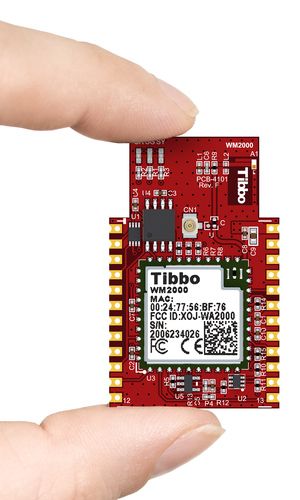
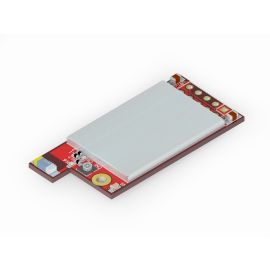
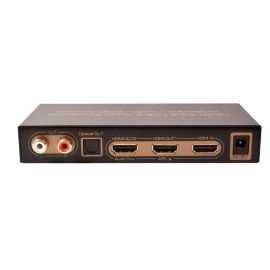
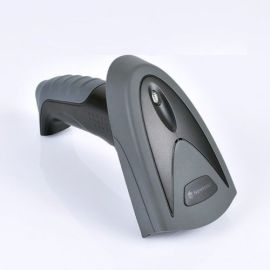
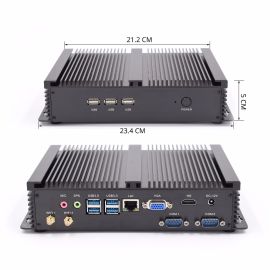
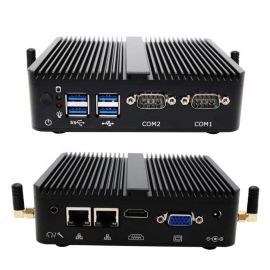
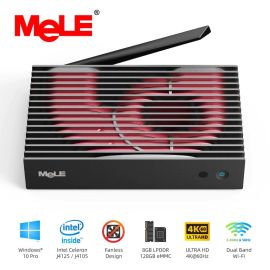
Zalogować się